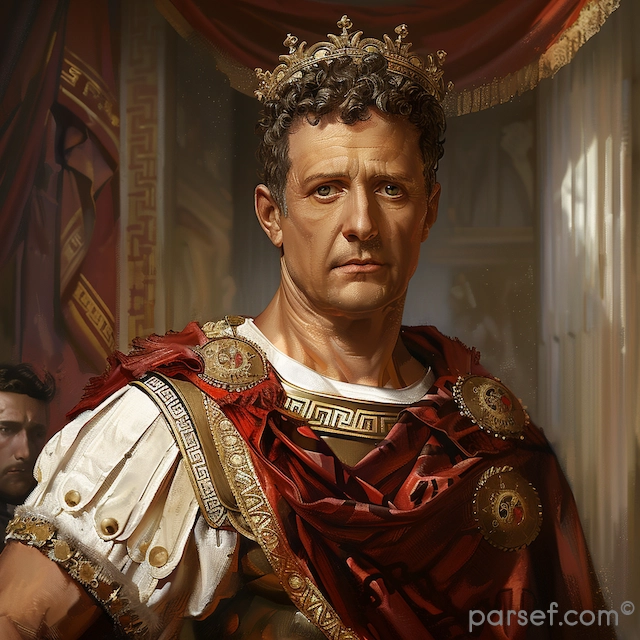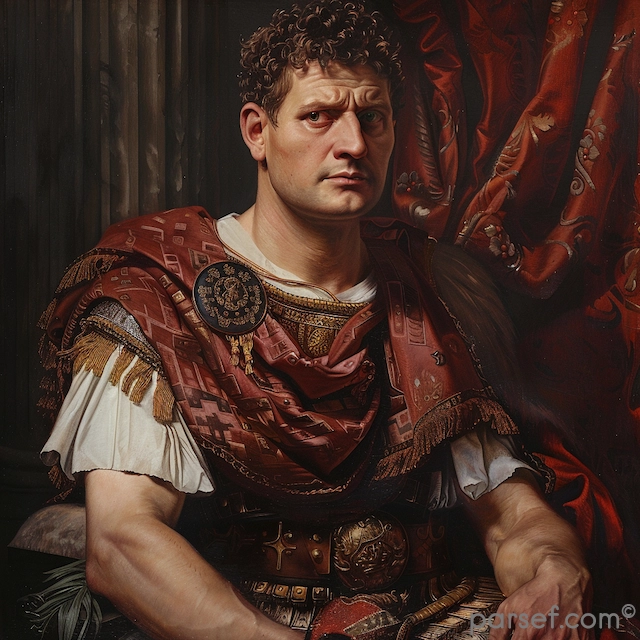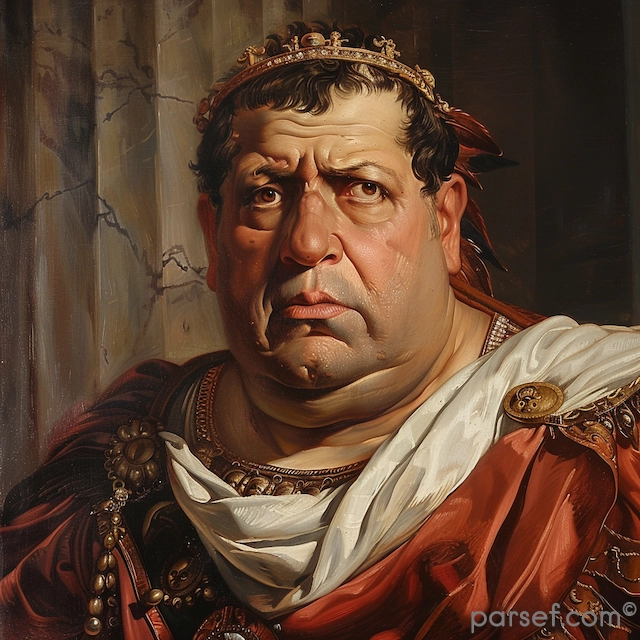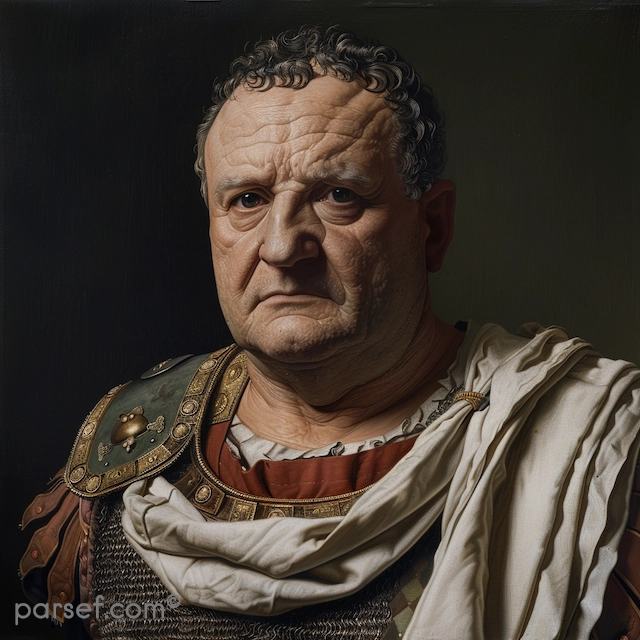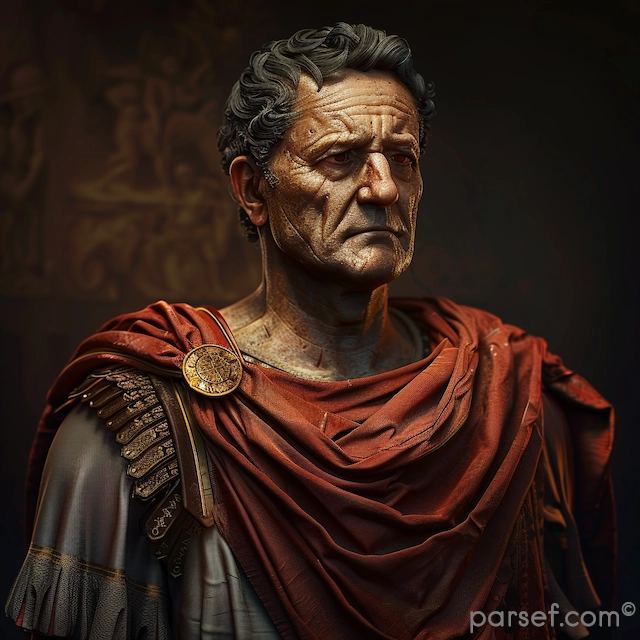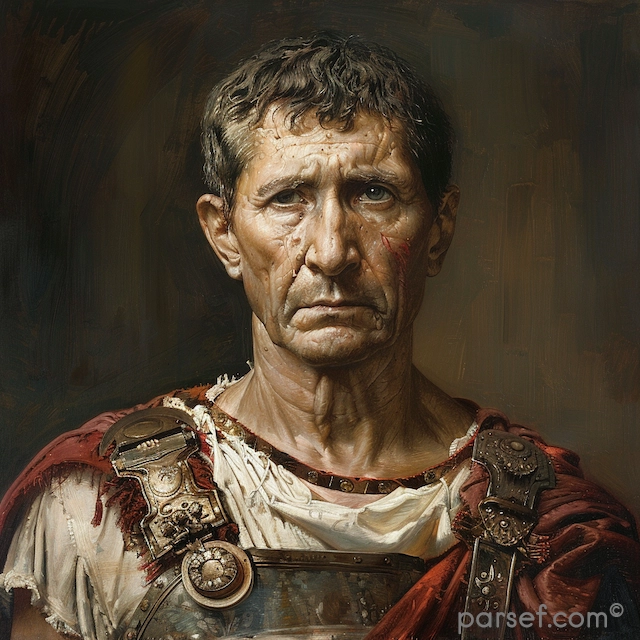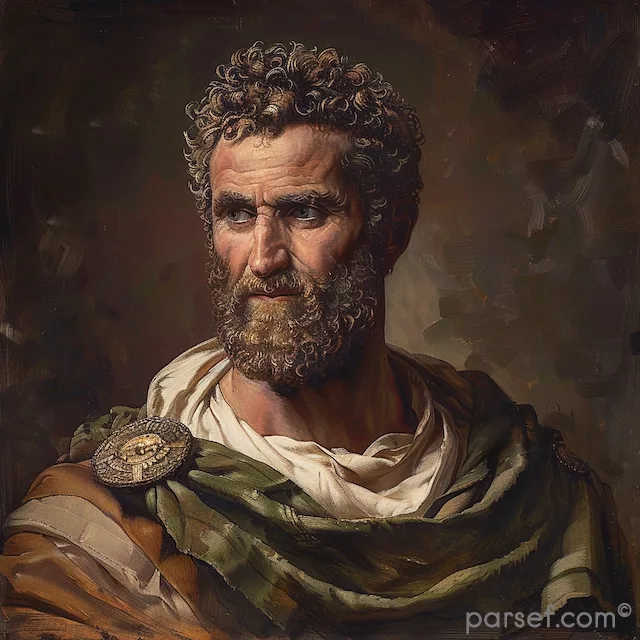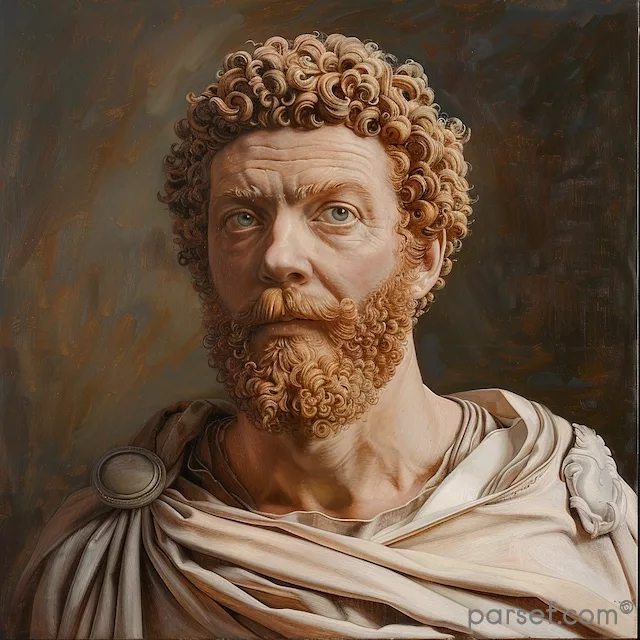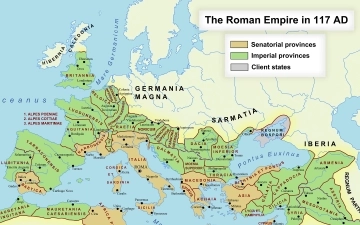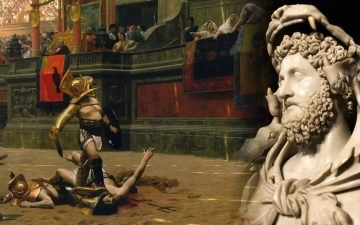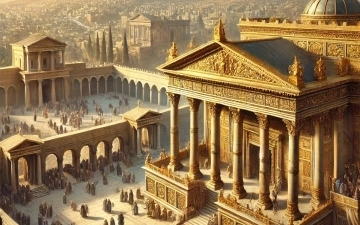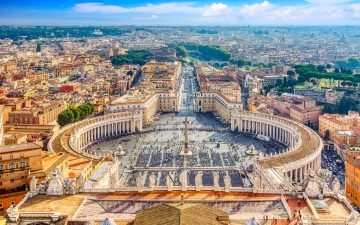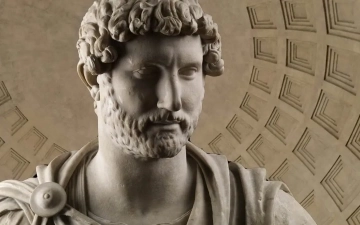Septimius Severus: The General Who Became Emperor and Reformed the Roman Empire
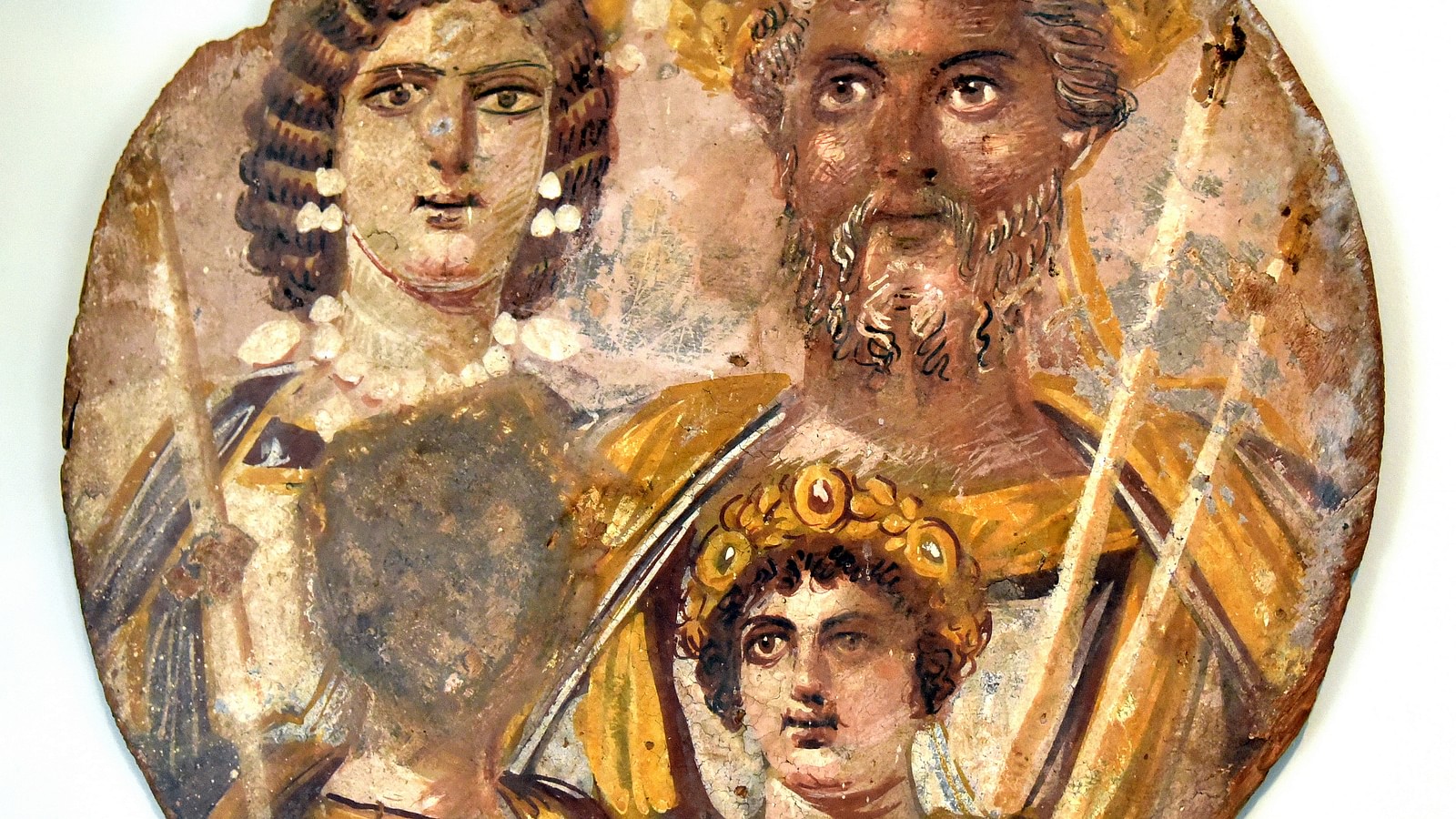
The tumultuous period following the assassination of Commodus saw a rapid succession of emperors, each vying for power in a chaotic political landscape. Among these contenders, Septimius Severus emerged as the ultimate victor. A seasoned general with a reputation for military prowess and political acumen, Severus proved to be a formidable leader who would leave a lasting impact on the Roman Empire.
Born in Lepcis Magna, a Roman colony in North Africa, Severus rose through the ranks of the Roman military. His experience on the frontiers of the empire provided him with invaluable insights into the challenges facing Rome. When the opportunity arose to challenge the illegitimate reign of Didius Julianus, Severus seized the moment. With a loyal army and a clear vision for the empire, he marched on Rome and swiftly deposed the usurper.
Upon securing the imperial throne in 193 AD, Severus embarked on a program of extensive reforms aimed at restoring order and stability to the empire. One of his primary focuses was the military. Recognizing the importance of a strong army, he implemented a series of reforms to improve recruitment, training, and equipment. He increased the size of the legions, raised soldiers' pay, and provided better care for veterans. These measures helped to create a more professional and loyal military force.
Severus also undertook a comprehensive overhaul of the civil administration. He replaced corrupt officials with loyal supporters and introduced new financial policies to bolster the imperial treasury. His efforts to streamline the bureaucracy and improve efficiency were instrumental in restoring confidence in the government.
Foreign policy was another key area of focus for Severus. He embarked on a series of military campaigns to secure the empire's borders. In the east, he successfully repelled Parthian invasions and expanded Roman territory. In the west, he solidified Roman control over Britain and strengthened defenses against potential threats.
Despite his successes, Severus' reign was not without its challenges. The empire faced economic difficulties, and there were growing tensions between the Roman elite and the increasingly powerful military. Nevertheless, Severus managed to maintain control and preserve the empire's stability.
One of Severus' most enduring legacies is the Severan dynasty, which continued to rule Rome for nearly half a century after his death. His sons, Caracalla and Geta, succeeded him as co-emperors, although their relationship was marked by rivalry and ultimately tragedy.
Septimius Severus was a complex figure. A ruthless military leader, he was also a shrewd politician and capable administrator. His reign marked a turning point in Roman history, as the empire transitioned from a period of crisis to one of relative stability. While challenges remained, Severus' reforms laid the foundation for the continued survival of Rome for centuries to come.
Related Posts
The Colossal Footprint: Exploring the Roman Empire at its Greatest Extent
The Roman Empire, a name that evokes images of gladiatorial combat, sprawling aqueducts, and stoic emperors, wasn't just a powerful state; it was a colossal empire that stretched across continents. But how vast was its reach at its zenith? This post delves into the greatest extent of the Roman Empire,...
Read MoreCommodus: The Emperor Who Blurred the Lines Between Rome’s Greatest Ruler and Its Most Notorious Madman
Commodus: a name that evokes both awe and abhorrence. Son of the legendary Marcus Aurelius, philosopher-emperor and author of the iconic Meditations, Commodus inherited a realm at the zenith of its power. Yet, his reign would irrevocably alter Rome's trajectory. Was he a brilliant general, a cunning politician, or a megalomaniacal...
Read MoreMatthew Henry’s Concise Commentary: A Timeless Guide to Biblical Understanding
Matthew Henry’s Concise Commentary on the Whole Bible is one of the most enduring and widely used resources for Bible study. Known for its clarity, depth, and spiritual insight, this commentary distills the essence of Matthew Henry’s original six-volume work into a shorter, more accessible format. It has been cherished...
Read MoreHerod’s Temple: A Marvel of Ancient Architecture and Its Biblical Significance
Herod’s Temple, also known as the Second Temple or the Herodian Temple, holds a central place in biblical history and Jewish heritage. Built by King Herod the Great during the 1st century BCE, this architectural masterpiece served as the spiritual heart of Judaism and a pivotal location in the narratives...
Read MoreDigital Assets and the Holy See: How the Vatican is Adopting Blockchain & Crypto Technology and NFTs
Introduction The Vatican has started experimenting with blockchains and non-fungible tokens (NFTs) technology integration around the world to engage new audiences and culturally patrimonial preservation of Ancient Greece and Rome. This initiative, which began with the Vatican Apostolic Library and NTT DATA Italia, is one of the first on Web3 attempts...
Read MoreHadrian: Building Walls and Bridges in Ancient Rome
In the annals of Roman history, Emperor Hadrian stands out as a multifaceted ruler known for his significant architectural projects, military achievements, and contributions to the empire's cultural development. His reign, from 117 to 138 CE, was marked by a commitment to both defending and connecting the vast Roman territories....
Read More

